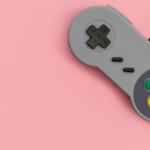10 Most Addictive Video Games

As the gaming industry grows the budgets and resources lead to the development of games more infatuating and intricate than ever before. By nature, some types of video games are more addictive than others, so this list is in no particular order as we wanted to demonstrate the diversity of video game addiction. If you or anyone you know struggles with video game addiction then be sure to warn them of these addictive qualities.
Content
1. Fortnite
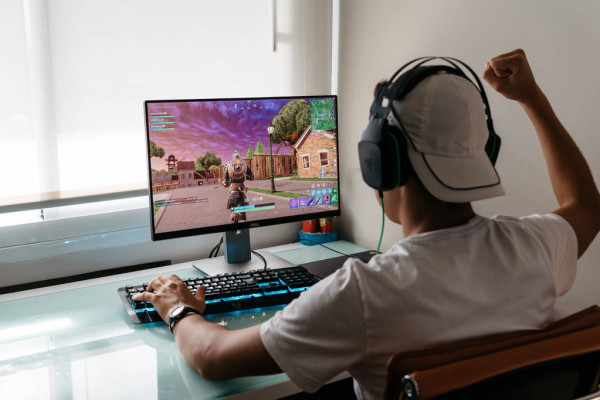
This game burst onto the scene during the battle royal boom, where most shooters being developed followed the blueprint of dropping all of the players onto an island and having them battle until only one remained. A fun and exciting concept to be a part of, which EPIC Games seems to have perfected in their latest endeavour. With Fortnite’s cartoon-esq art style, entertaining dance moves and pop culture character skins such as Batman and Deadpool. It was no surprise did such a great job of hooking the youth onto this game.
As those with children who play this game might understand, it has swept across the playground causing more kids than ever to nag parents for money on the latest cleverly designed skins and dance moves. The game’s large popularity and wealth has allowed their rights to Marvel, DC and other collaborations with music artists that make it so exciting for the younger generation.
Their battle pass system implemented in the early days of the game’s success incentivises playing more games to complete challenges, earn XP and hence more rewards. Ultimately with 350 million registered accounts the games massive popularity amongst children has left many parents concerned about how to break their child’s video game addiction.
2. League of Legends
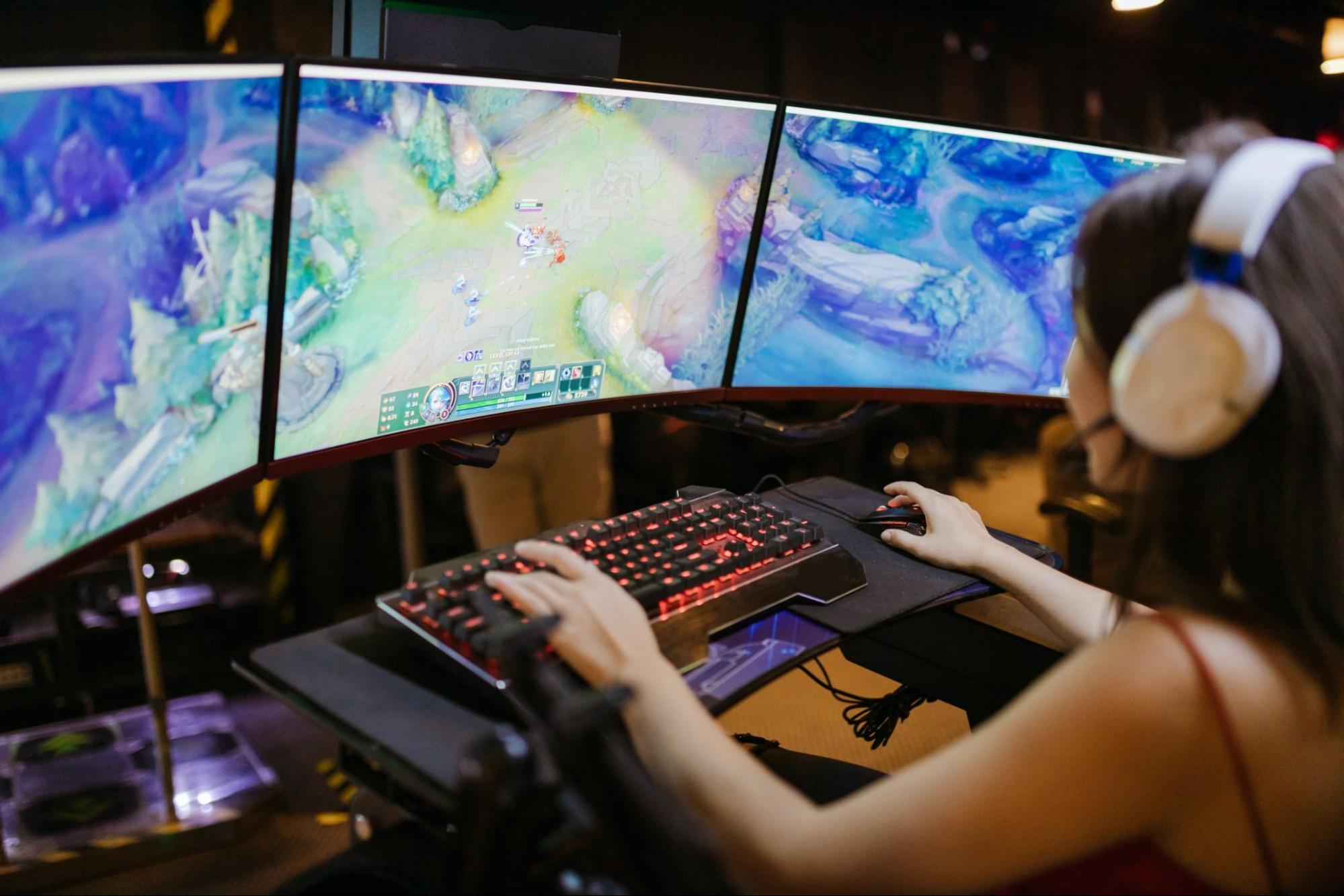
League of Legends is arguably one of the most successful free to play MOBA’s out there today. MOBA being short for multiplayer online battle arena. One merit of this games success is that it is the most played game across PC bangs in South Korea! Amongst the community many players have a love-hate relationship with the game, leaving repeatedly due to the toxic community but being drawn back in by its competitive, and satisfying gameplay. Again the game is primarily monetised through microtransactions for cosmetic items such as skins. The entire game is free to play with a learning curve that walks the fine line of being a challenge while still being able to see measurable growth.
What makes the game so addictive is its competitive environment. Players team up with their friends to climb through the ranks and gain season rewards and of course the esteem of being a highly ranked player. There are over 150 champions in the game to master with many more being released every year. Players find themselves playing catch up with all this content.
League of Legends also has in-built analytics and statistics that show detailed performance reviews of each game. Hence reinforcing this idea of seeing measurable growth. Addicted gamers find themselves invested in constantly trying to better themselves as players.
The game is rarely played in solitude, many gamers play alongside their friends as success usually comes from good teamwork. When we combine an addictive game with a feeling of comradery and social interaction it is no wonder the game is as popular as it is.
3. World of warcraft
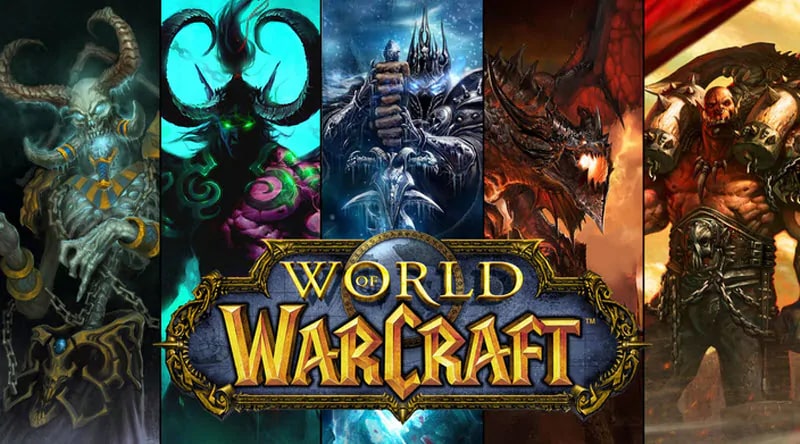
In the MMORPG’s genre, World of Warcraft (WoW) is one of the most played, most successful and most addictive games out there. Players choose and customise their own character to explore, complete quests and make friends on a game that has been releasing content for over 15 years. This game makes it all too easy to immerse yourself and escape reality with such a vast range of characters and professions to choose from.
Again this game is big on social interaction with other players offering the ability to complete quests and take part in raids together. The community is so large and developed that there are even servers dedicated to role-playing. Players can reinvent themselves and become part of the fantasy world they know and love. The addictive qualities of WoW are numerous. They offer rewards and items for those willing to invest long hours into “grinding” skills and quests. Social stimulation and immersion offers a great distraction and helps with escapism, a common cause of video game addiction.
WoW, have mastered the formula for keeping old players and enticing new ones as they offer max level accounts with the purchase of new expansions, saving the average player from the catch-up process. The game encompasses all of the powerful features that make MMORPG’s so fun but so addictive and is likely why it hasn’t moved from the top spot for almost two decades.
4. Player Unknown Battlegrounds

More commonly known as PUBG, this game is another multiplayer battle royal shooter which at first glance doesn’t seem very special and its addictive features aren’t apparent. However, similar to most games on this list the fun begins as you start to improve and master the simple mechanics of the game. Before you know it you’re parachuting into a town scrambling for weapons as the gunfights rage all around you.
There are many intense moments that leave your heart racing as you listen to a player’s footsteps in the same building, or being left in a 1v1 situation with the play area closing in around you, fighting it out to be the last man standing.
After playing a game of PUBG many players feel physically drained after this intensity but it is that very sensation that addicted gamers crave. Those who are most likely to be affected are those who love the adrenaline rush. Many gamers seek these thrills from the safety of their bedroom. However, PUBG also released a mobile version of the game which is now one of the most played mobile games in Asia. Gamers can access the PUBG at a moment’s notice no matter where they are, exacerbating their risk of addiction.
5. Minecraft
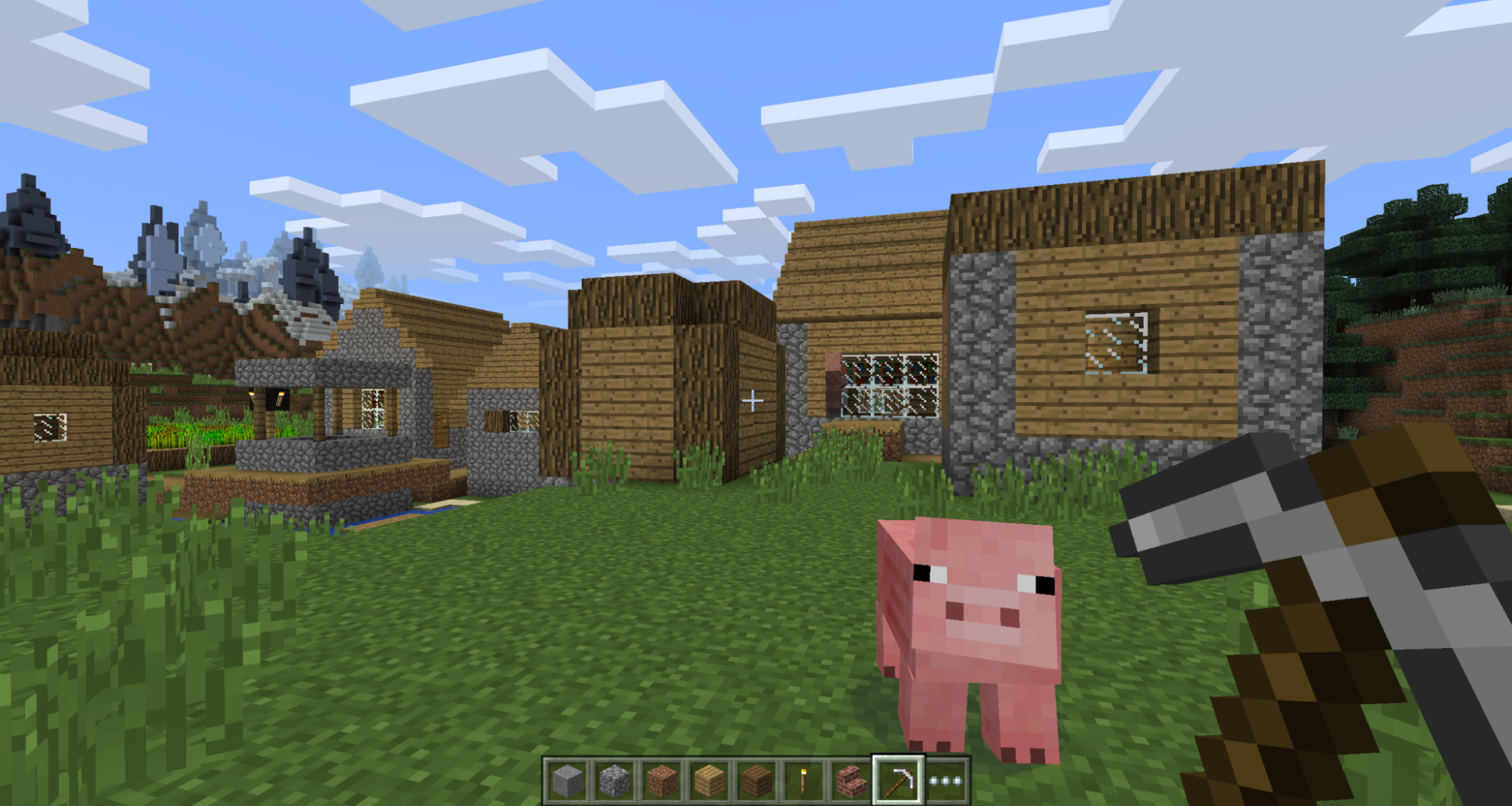
Minecraft is one of the more unique games on our list as the premise of the game is to simply build, explore and survive within a world entirely made from cubes. Within recent years developers have added a viable ending to the game, but the freedom and creativity are what ultimately made Minecraft so special.
Players can create and join servers with friends to work together to build amazing houses, creations and mine for resources to craft better equipment. However, once players are bored of this, they can join large multiplayer servers hosted by other individuals where talented developers make various minigames with endless possibilities. Some of these multiplayer servers generate massive revenues in memberships to avoid queue times and their own unique cosmetic items.
Minecraft has managed to captivate young audiences, with children’s playful imaginations using Minecraft’s building mechanics to express their creativity. However, Minecraft also appeals to older demographics with a hunger for competition as they speedrun to see who can complete the game in the fastest time. Minecraft’s addictive qualities are derived from its freedom to do anything. Create and set achievable goals like slaying the ender dragon, survive, interact and build large scale projects with friends or compete to be the best speedrunner. The only limitations to this game are the player’s imagination, earning Minecraft a place on the list of most addictive video games.
6. Candy Crush Saga

Candy Crush Saga is a puzzle game that was initially played in a browser, but five years after its release on mobile it received a whopping 2.7billion downloads becoming one of the most played mobile apps of that time. The player must swap boards full of different coloured candy to make a row of four or more and clear them. These puzzles increase in difficulty as the game progresses requiring them to be cleared in a certain number of moves or specific timeframe.
Candy Crush’s ease of access to open up and start playing when waiting for a train or on a lunch break, lead to over 93 million people around the world, hopping on to game their spare time away in 2014. What makes Candy Crush so addictive is the nature of the puzzles themselves. Those who have played the game will understand quite well that the puzzles aren’t infuriatingly difficult to the point where you want to give up. They are totally doable but are just limited by time and number of moves. The game very successfully plays on our desire to complete tasks. Waving the solution in front of us like a carrot on a stick.
The game cleverly exploits this quality to monetise it as well as keeping the users playing. At the start of a level, you begin with 5 lives that are consumed up upon failing to complete it. If all 5 lives are used up you cannot continue that level for a certain amount of time. This is where they hit you with the paywall as the user is prompted to purchase more lives to continue playing without any unnecessary wait.
The lucrative in-app purchase model, addictive puzzles and playing on our psychology caused users to cough up their cash resulting in $1million revenue per day at the peak of its success! Many puzzle games nowadays advertise with this principle in mind, showing an obvious solution claiming that no one can solve it to lure you in. If it seems too good to be true it often is, so be wary of this tactic.
7. Runescape
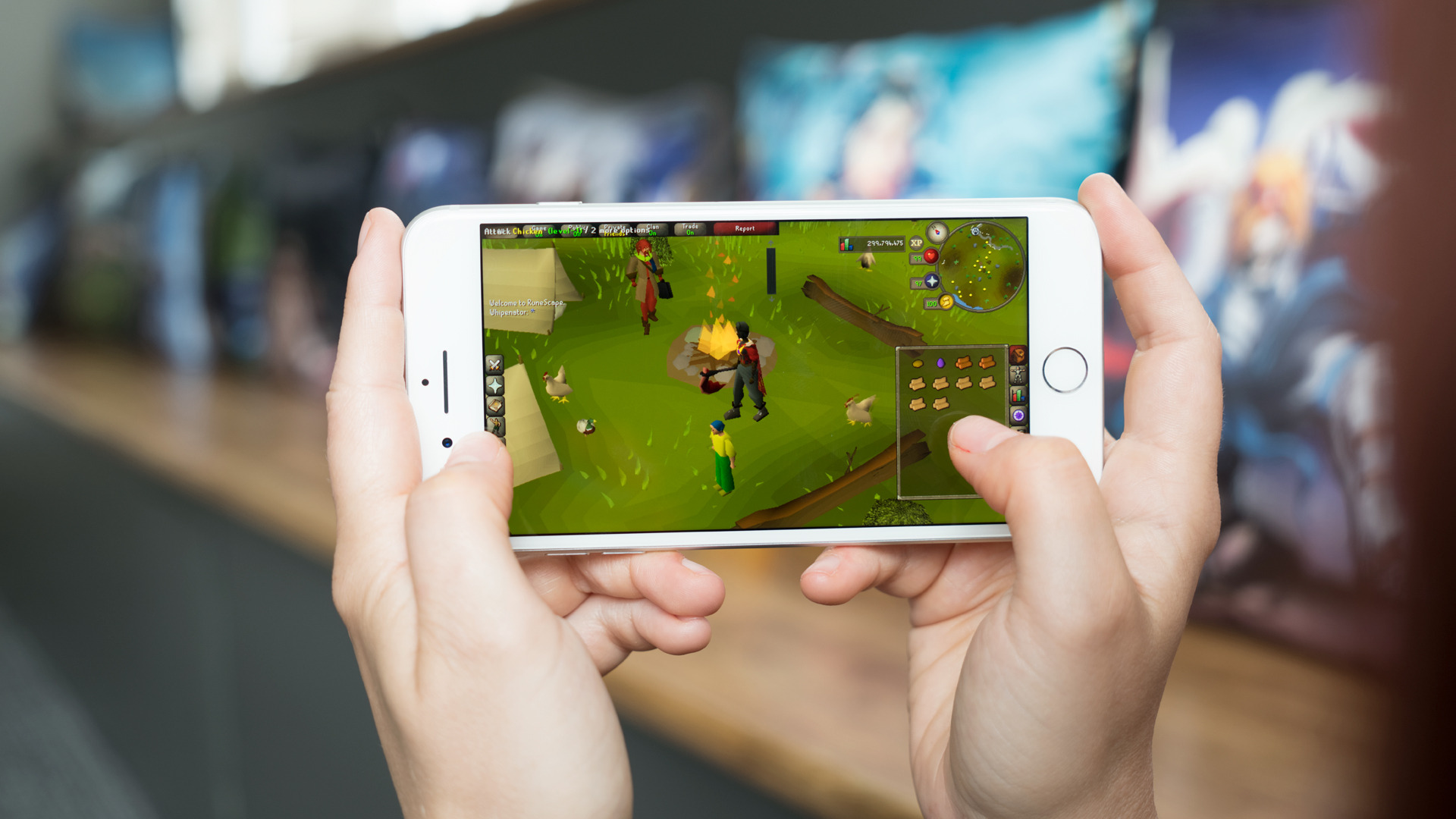
Runescape is another extremely successful long-standing MMORPG that is the epitome of addictive. So much so that there is a running joke amongst the community explaining that “You never quit Runescape, you just take really long breaks” This proved to be true for many players as in 2013 Jagex relaunched the 2007 version of the game that brought Runescape to its peak in popularity. This resurgence captured millions of new players but successfully recaptured many old players who were hit by the nostalgia of their favourite childhood video game.
Runescape is all about setting long term goals. Accomplishing anything in Runescape is usually met by hours of clicking on one spot or tedious running back and forth. Some of the gameplay to level up skills are so mundane that they are referred to as AFK. Therefore it’s clear that the game creates immense satisfaction and reward to incentivise behaviour like this. Players fantasize about reaching an ultimate end game fantasy, where getting around the game, making money and killing bosses are easily done. But by the time the user levels up their skills and completes necessary grinds to accomplish this, it’s safe to say they are addicted. Maxing out a Runescape account takes the average player 2300-2500 hours which is 104 days of in-game time!
Runescape is also full of tense adrenaline-filled moments like staking large sums of in-game gold at the duel arena, beating difficult bosses and teaming up with friends to complete raids. What Runescape lacks in graphics, it definitely compensates for in capitalising on the addictive parts of our brain. Now that the full game is available on mobile players can grind out the game at work or in school. Prioritising gaming over important responsibilities is a common symptom of video game addiction, but it is not taken entirely seriously by the community as they coined the term no XP waste to describe this.
8. Clash of Clans

Clash of Clans is a free mobile strategy game where players build their own bases and train troops to raid enemies and defend their own. Progress within the game is simply based on time. Upgrading weapons and walls requires resources that take time to gather and even more time to build. Of course, this can all be bypassed by purchasing gems and in-game currency which acts as a way to speed everything up. Monetisation is so successful as it uses our desire for instant gratification and needs for measurable growth to purchase gems and get our village construction underway.
The game has become increasingly more social over the years as villages can join communities and form teams where they can donate troops to other players, appealing to the social side of gaming that keeps people on board.
With most video games on console or PC games, it’s difficult to fault them for becoming addictive as the developers have an inherent conflict of interest with the players who are addicted. They want people to play and addicts can’t stop playing. Most of these games are made to create a quality experience for the user, however, with mobile games such as Clash of Clans or Candy Crush Saga, the addictive influence is a little less tasteful.
The initially fun minigames are laden with microtransactions to part the players with their cash in order to progress in-game. It’s not uncommon to hear horror stories of addicted players spending copious amounts of their hard-earned money due to the impulse problem they had with the game.
If you find yourself experiencing these urges to play more than you should or start to spend outside of your means then it may be a red flag for video game addiction.
9. Roblox
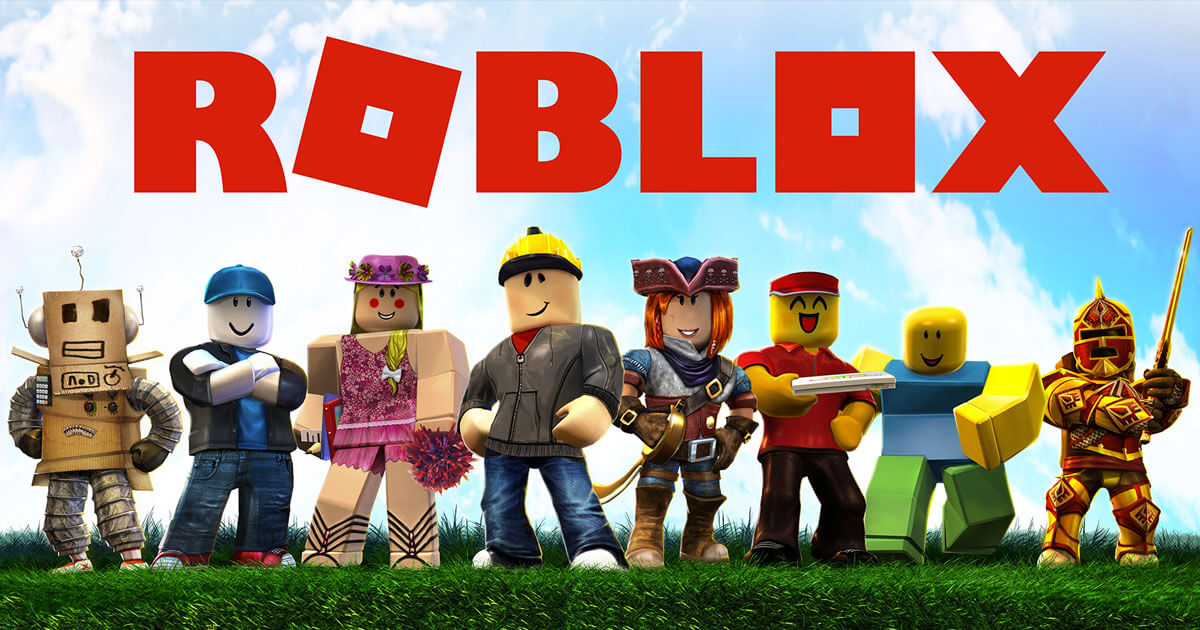
Similar to Minecraft, Roblox is an online multiplayer platformer that encourages the creativity of others to come up with fun minigames within the game itself. Again these types of games seem to have an affinity towards younger children and their vivid imagination as 82 million of the monthly users are under the age of 16.
If you have children or younger relatives who play this game, screams of enjoyment typically echo through the house as they team up over discord to play for hours. Parents should be particularly vigilant of these games considering most learning is done online during these times so temptation may be looming. Of course, Roblox also uses an in-game currency called Robux that can be bought using real money. Robux are used to purchase virtual items but have also led children to fall victim to scam websites claiming to give out free Robux.
Younger children have the benefit of parents to prevent the development of their gaming addiction, hence why it is important to look out for the symptoms of video game addiction.
10. Apex Legends
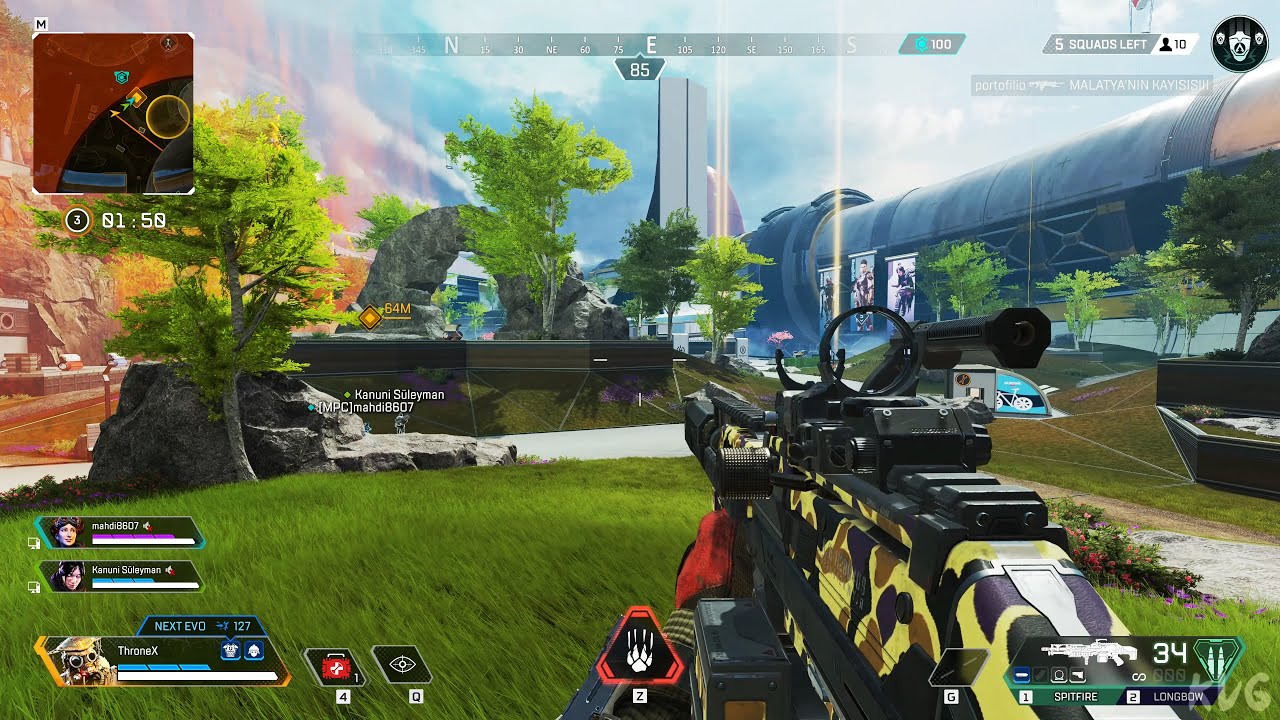
One more to add to the list of addictive battle royal shooters is Apex Legends. This game managed to capture all of the features of an addictive game with the social interaction as you play in teams of three fighting together to be the last ones remaining. The fast-paced, action-packed gunfights make your heart race as you just clutch the victory for your team. The ranked system and skill-based matchmaking fuels players hunger for competition, and of course in-game rewards like battle poses, voice lines and skins to customise your character.
Despite the game being so addictive, our aim is not to vilify it or the developers who made it. Our purpose is to inform, advise and treat where we can so if you feel like you have been suffering from video game addiction then please read on.
Effective Treatments

Video game addiction is a Word Health Organisation recognised mental health disorder that has led to the development of online video game addiction self-help programs such as The Mindful Gamer. Based on our research here are some of the most effective methods of treatment for video game addiction:
Detoxification – Video game addiction is a behavioural addiction where the brain has created a dependency on the feel-good sensation we get from gaming. Professionals recommend that we take 90 days away from gaming in order to allow our brains to recover. Sometimes this is easier said than done, so one technique to get us moving in the right direction is the Pomodoro technique, proven to help time management.
The technique explains that we play video games for 25-minute intervals then take a 5-minute break in between. As the day goes on we increase the length of each break so from 5 to 10 then to 15 and so on. The aim is to end up with breaks longer than the 25 minutes we spend playing video games. The important thing to note is that within our breaks we do not consume any gaming-related content. So we should try to do something more productive like play an instrument, read a book, go for a walk or something of that nature.
CBT – This stands for cognitive behavioural therapy and is the main method of treatment for video game addiction. CBT can be practised with the guidance of a therapist or with techniques by yourself. The principle explains we can change the way we react and feel towards our thoughts as they are very intimately linked. So every time we feel the urge to play video games we can ultimately resist the temptation by better understanding and changing our relationships with thoughts. For more information on techniques and treatments, you can take a look at our complete guide to video game addiction.
As always The Mindful Gamer is here to help anyone struggling with video game addiction. If you show any symptoms of underlying mental health issues in conjunction with video game addiction then please consult a healthcare professional.



